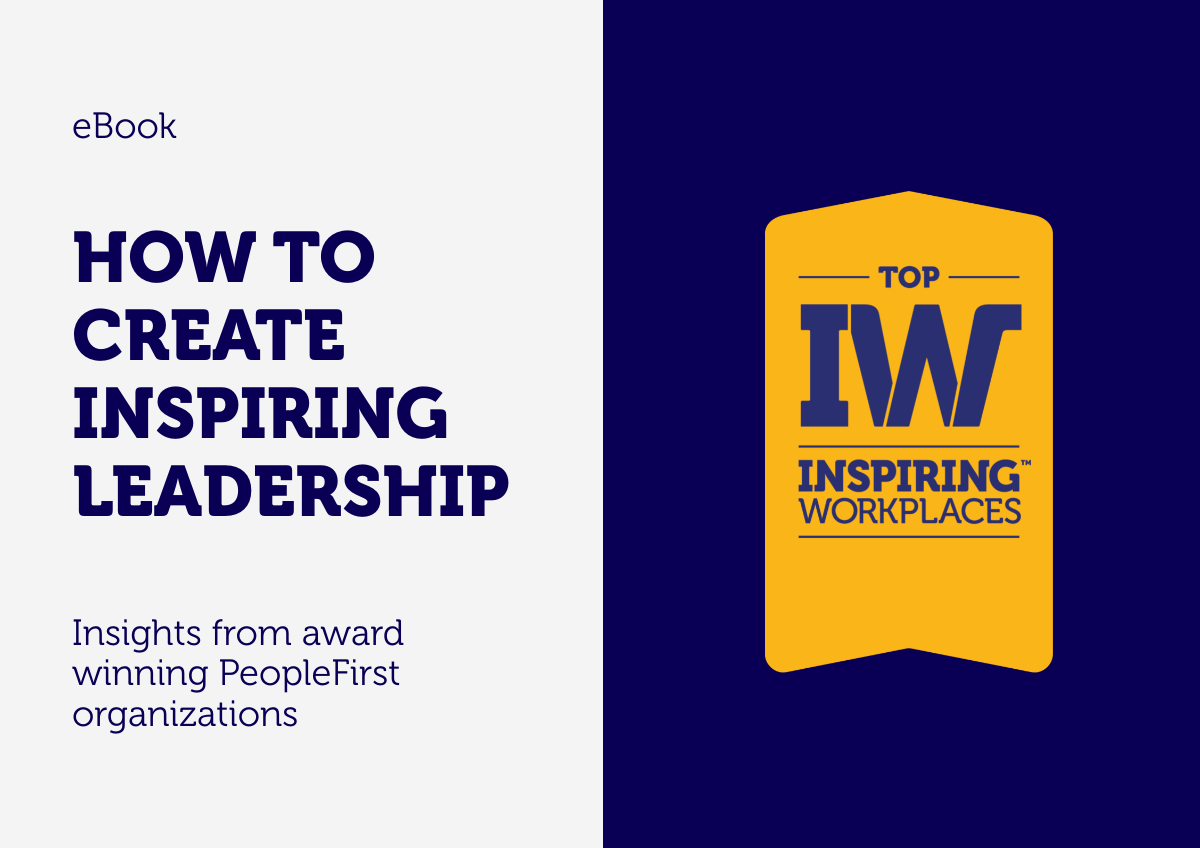
15th November 2023
Creating a Culture of Trust: The How and Why Behind It

Psychological safety in the workforce is essential for trust and innovation. Building a culture of trust involves commitment, communication, and practical tools. Polen Capital implemented a trust-focused initiative, assigning trust pillars, reading materials, and training to foster trust and openness. Relationships and storytelling are key to building trust, supported by technology and in-person interactions. Radical candor, giving and receiving feedback, relies on trust and vulnerability. Leading by example, demonstrating openness, and modeling desired behaviors are crucial for creating and maintaining psychological safety in the workplace.
From the original article written by Stan Moss and published in Chief Executive:
Employees can’t improve their performance without real-time, constructive feedback, but radical candor isn’t possible without a high degree of trust. Here’s how one CEO made it a priority.
Whether I’m meeting with Polen Capital clients or our employees, the importance of psychological safety in the workforce often comes up. And while talking openly about it is crucial, businesses must take action to move it from a talking point to a reality.
Generally, all teams — especially new ones — can’t develop psychological safety until they form meaningful connections based on trust. Trust creates the foundation for psychological safety. Recent research indicates that around 25% of employees lack trust in their employers.
Creating a culture of trust can be challenging. I know because we embarked on a full-scale, firmwide psychological safety initiative at Polen Capital.
Our path began in 2012 with our pursuit and learnings around a growth mindset. At Polen, fostering a growth mindset in a psychologically safe environment is crucial for delivering exceptional value. It’s our commitment to create such an atmosphere, as it encourages innovation and the free flow of ideas, essential for our firm’s success. The key learning from the aforementioned study is that people need to receive real-time candid feedback if they want to continuously improve. To have real-time candid feedback, a foundation of trust is necessary.
This journey accelerated in January 2022 when we closed our first acquisition and expanded our team of 140 people to nearly 250. We knew we needed to build a foundation of trust for the acquisition integration to be successful.
Today, we follow these strategies to ensure everyone’s rowing in the same direction and fostering a culture of openness, empowerment and security:
1. Commit to psychological safety and communicate about it clearly and consistently.
To execute successful change, you must be 100% committed. This means setting clear, measurable goals and objectives and sharing these objectives broadly across the organization.
In January 2022, during our first all-hands meeting post-acquisition, we shared that trust would be the theme for the year. We turned to experts in corporate trust-building and assigned David Horsager’s “Trust Edge” as a firmwide reading, which served as the centerpiece for the internal meeting. We also assigned and shared quarterly trust-related action items.
Horsager then delivered a keynote to the firm at our second all-hands meeting in May. His work focuses on eight unique pillars of trust. Stemming from that, we assigned a different trust pillar to each of the remaining eight months of the year. Eevery month, employees nominated colleagues who have embodied the particular trust pillar. This effort helped keep the topic of trust top of mind for the firm
In addition to reading Horsager’s work, we’ve added structure and coordinated learning around trust. We’ve also studied and assigned firmwide training on radical candor (more on that later). This decision led to higher client survey scores, lower attrition, and a seven-year run on Pensions & Investments’ Best Places to Work in Money Management list.
Being very real about psychological safety and connecting everything to business outcomes changes everything. People are more open to receiving, listening to, and implementing feedback because they assume the giver’s intentions are good. Ultimately, consistently talking about how our efforts toward trust are improving our firm shows everyone how real the effects can be.
Psychological safety is critical to our performance, but if we want employees to put it into practice, we can’t just expect people to figure it out on their own — we have found that practical tools, strategies, and frameworks have all been incredibly helpful. Training in practical communication tools helps uphold a trustful, psychologically safe culture where feedback is welcomed and acted upon. Mistakes aren’t seen as fatal; instead, they’re learning opportunities.
For instance, a recent significant trading error led to substantial losses, but instead of terminating the responsible employee, we supported them, underscoring our commitment to a nurturing environment. As a CEO, I strive to be approachable through an open-door policy, regular floor walks, and skip-level meetings, helping ensure psychological safety and open dialogue across the firm.






